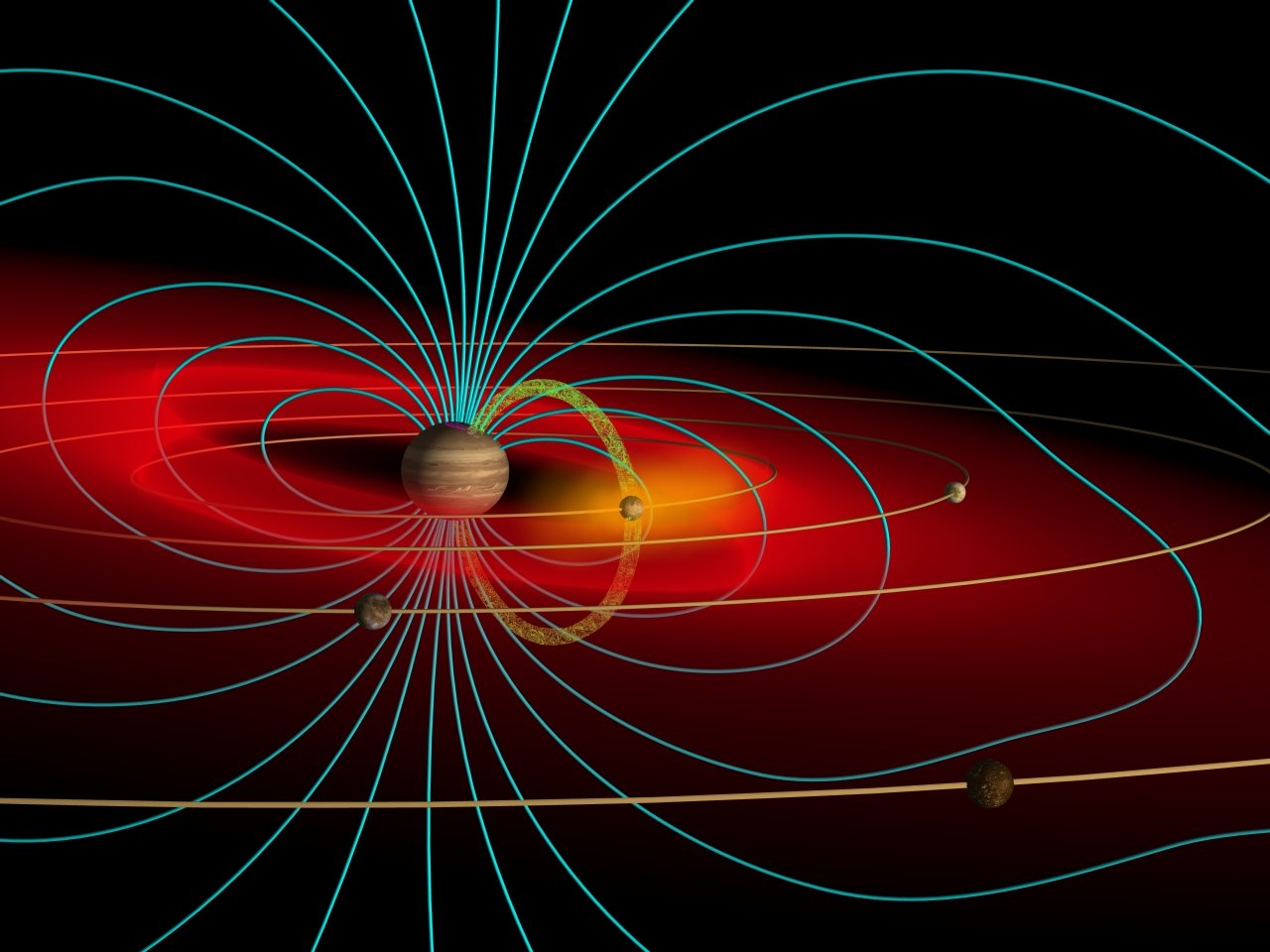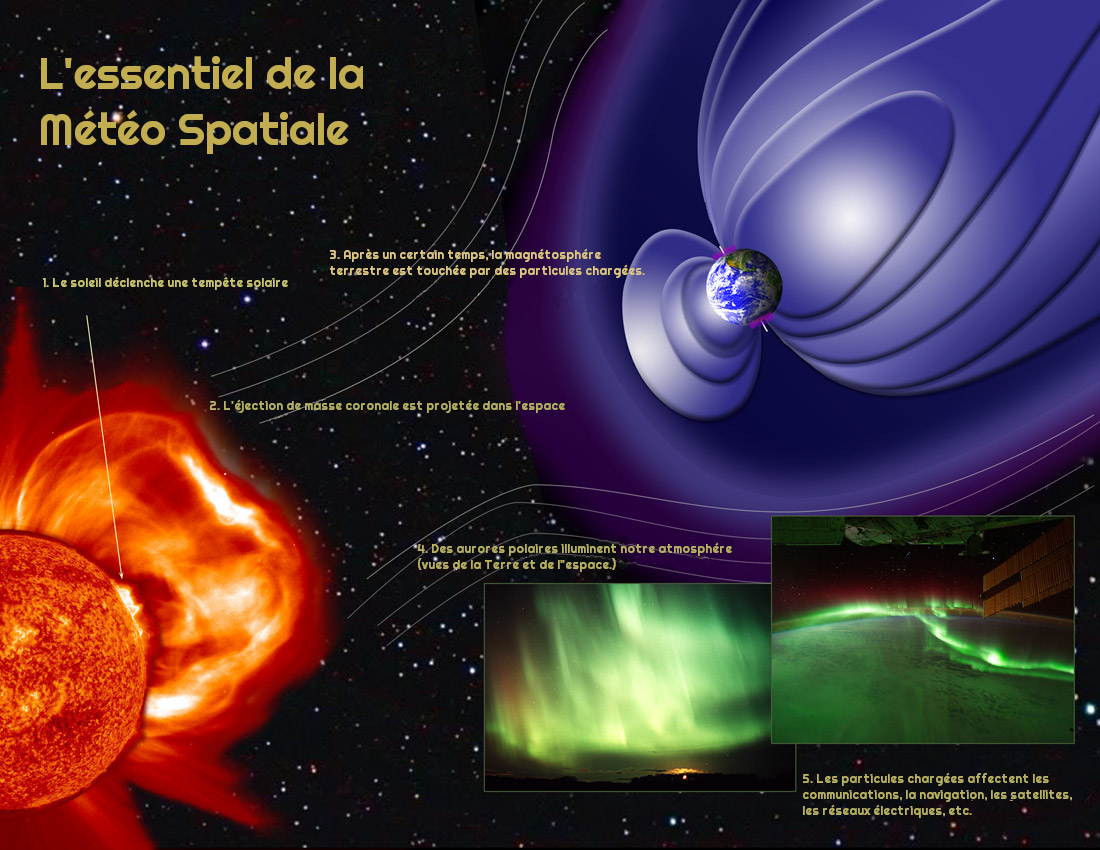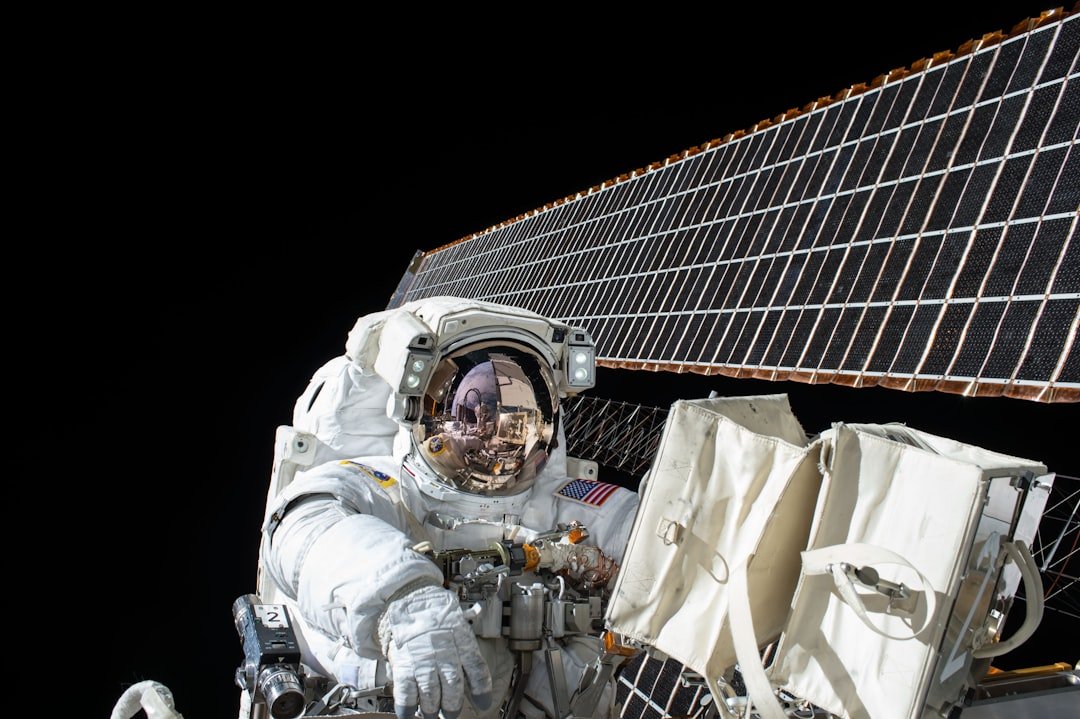It sounds like science fiction: one morning the sky flickers with neon curtains over cities at the equator, compasses refuse to settle, and satellites begin to blink off like a string of failing bulbs. Earth’s magnetic field – our silent shield – normally turns aside the Sun’s charged particles and shapes a protective bubble called the magnetosphere. But what if that shield suddenly vanished? The mystery is not whether life would end overnight, but how the chain reaction would ripple from the edge of space down to our power outlets and flight paths. The stakes touch everything from global communications to the safety of astronauts and airline crews, and the story is as gripping as any disaster thriller because it is rooted in real physics.
The Hidden Clues

Picture auroras roaring across the tropics like a cosmic storm surge – beautiful, yes, but also a sign that space weather has pushed ashore. Those light shows are powered by energetic particles slamming into our upper atmosphere; without a magnetic field, that battering would spread far beyond the poles. The magnetosphere usually diverts most of this onslaught, turning a relentless stream into a manageable drizzle. Without it, Earth would sit bareheaded under the solar wind, and the upper atmosphere would respond immediately. Satellites would skim a rougher sea of charged particles, and radio signals would distort like voices in a windy tunnel.
We already glimpse hints of vulnerability in regions where the field is weaker, places where satellites report more glitches and instruments age faster. Those glimpses are a warning label on the box of our planetary life-support system. If the label were torn off all at once, the transition would not be subtle, and the first evidence would blaze across the night sky.
From Ancient Tools to Modern Science

Humanity’s earliest navigation relied on stars and landmarks, but the humble compass was the first handheld proof that Earth itself acts like a giant magnet. Today we map the field with fleets of satellites, aircraft, ocean surveys, and magnetometers buried in bedrock; the result is a living portrait that changes over years and centuries. Those measurements reveal a restless dynamo in the liquid outer core stirring molten iron and driving the field. They also show that the field waxes and wanes, drifts, and occasionally flips polarity over geological time. The point is simple: change is normal, but sudden total loss would be a radical departure from the slow rhythms recorded in stone.
I still remember learning to orienteer with an old brass compass on a foggy trail, trusting that needle like a tiny arrow of truth. Take away the field and that arrow spins into nonsense, a small reminder of how deeply our tools – and our assumptions – lean on an invisible force. Now scale that feeling up to global infrastructure and you begin to see the stakes.
The Solar Wind Unleashed

With no magnetic field, the solar wind would crash directly into the upper atmosphere, compressing and heating it. That impact would pump energy into the ionosphere, the electrified layer that already powers auroras and reflects certain radio waves. Storm-time currents would swell, radio blackouts would lengthen and wander, and high-frequency communications used by ships and aircraft could become unreliable. GPS signals, which thread through this region, would jitter and degrade in accuracy, complicating everything from precision farming to disaster response. The radiation belts, usually molded and contained by magnetic lines, would reshape or disperse, replaced by a more chaotic particle environment.
Crucially, Earth would not instantly lose its air; gravity is the main keeper of our atmosphere. But the increased particle bombardment would accelerate the escape of the lightest gases and could trigger chemical pathways that thin the ozone layer. Over time, that would let more ultraviolet radiation reach the surface, pushing ecosystems and human health to adapt in uncomfortable ways. The immediate picture is not a breathless vacuum, but a harsher, noisier, and more erosion-prone edge of space.
At Ground Level: Radiation and Health

For most people at sea level, the thick blanket of air remains a powerful shield, and daily life would not turn apocalyptic. Background radiation would likely tick upward, with the biggest increases at high latitudes and elevations where the atmosphere provides less cover. The real concern focuses on those who work where the air thins: pilots, flight crews, and frequent flyers on polar routes. Hospitals rely on timing and predictability; space-weather-driven surges can behave like rolling blackouts for radio and navigation signals that medevac flights and emergency responders depend on. Without a magnetic field, those surges would be stronger and more frequent.
There is also a cascading effect on health systems if communications falter during major storms. Medical supply chains that count on precise tracking, remote clinics using satellite links, and critical data transfers all become more fragile. The individual risk may be modest day to day, but the systemic risk grows as the margin for error shrinks.
Satellites, Aviation, and Power Grids

Spacecraft would face the brunt of the change first. Electronics suffer when bombarded by energetic particles, leading to errors, damaged components, or complete failure, and without magnetic shielding the “particle weather” gets uglier. Navigation satellites would drift from pinpoint precision to rougher estimates during storms, and Earth-observing missions could see data gaps just when we need them to track extreme weather or fires. Airlines would reroute away from high-latitude corridors more often, adding time, cost, and emissions to long-haul flights. Controllers would wrestle with patchier radio contact and less reliable positioning over oceans and remote regions.
On the ground, long power lines and pipelines act like unintended antennas for storm-driven electric fields in the ionosphere. Stronger space weather means larger induced currents, which heat transformers and can trip protective relays, potentially leading to widespread outages. Grid operators already plan for geomagnetic storms; in a field-free Earth, those storms become the baseline hazard rather than the exceptional spike. More shielding, more real-time monitoring, and more flexible grid designs would move from best practice to survival kit.
Why It Matters

This is not just about pretty auroras or finicky compasses; it is about resilience in a system-of-systems world. We have learned from historical geomagnetic storms that even a brief disturbance can ripple through power, communications, finance, and transportation. Remove the magnetic buffer and every ripple grows taller, faster, and harder to predict. Comparing Earth to Mars underscores the long game: without a global magnetic shield, Mars likely lost much of its atmosphere over eons to a persistent solar wind. Earth’s gravity and active geology make our situation better, but the direction of travel – toward greater atmospheric erosion and surface UV stress – does not favor complacency.
Traditional risk models treat extreme space weather as rare spikes; in a no-field scenario, the spike becomes the average day. That reframes investment choices for utilities, aviation, and satellite operators from occasionally useful safeguards to core design requirements. It also reframes public understanding: this is not a niche space problem, it is an everyday-life problem wearing an invisible cape.
The Future Landscape

Preparing for an unforgiving space environment pushes innovation in both hardware and strategy. Satellites would need thicker shielding, fault-tolerant chips, and smarter onboard autonomy to ride out longer, harsher storms without ground control. New navigation methods that blend celestial fixes, inertial systems, and crowd-sourced ground beacons could backstop shaky GPS. Power grids might segment more easily, with transformers designed to tolerate higher induced currents and respond to early warnings by shifting load in seconds rather than minutes. Airlines could adopt dynamic routing tools that fuse live space-weather data with performance and safety models to make near-instant course decisions.
Beyond near-Earth operations, deep-space missions and lunar habitats would benefit from technologies born in this crucible: compact radiation shelters, deployable electromagnetic shields, and materials that shrug off particle damage. Forecasting must also step up, combining solar observations with physics-based models that move from broad alerts to street-level specificity. A world without a magnetic field would be less forgiving, but it would also be a powerful catalyst for smarter engineering and faster, clearer forecasts.
What You Can Do Now

Big problems often feel remote until they knock on the door, but there are practical steps that help today. Ask your local utility how it hardens the grid against space weather and support investments in transformer protections and real-time monitoring; these measures pay off even in ordinary storms. If you fly frequently, especially over polar routes, check airline advisories and consider itineraries that build in flexibility during heightened solar activity. Educators and parents can fold space-weather literacy into classrooms and science fairs, turning a distant concept into a tangible, problem-solving challenge. Small actions build a culture that expects the unexpected and plans accordingly.
On the community level, advocate for funding of space-weather satellites and ground observatories, because better data shortens outages and protects services we all rely on. Follow reputable space-weather dashboards and share alerts with friends who work in aviation, healthcare logistics, or emergency response. Support research that explores atmosphere–Sun interactions and materials that resist radiation damage, because those breakthroughs cascade into safer phones, planes, and power. In a world that depends on invisible infrastructure, paying attention is an act of resilience. If the sky lit up tomorrow, would you be ready to look up – and also check the backup plan?

Suhail Ahmed is a passionate digital professional and nature enthusiast with over 8 years of experience in content strategy, SEO, web development, and digital operations. Alongside his freelance journey, Suhail actively contributes to nature and wildlife platforms like Discover Wildlife, where he channels his curiosity for the planet into engaging, educational storytelling.
With a strong background in managing digital ecosystems — from ecommerce stores and WordPress websites to social media and automation — Suhail merges technical precision with creative insight. His content reflects a rare balance: SEO-friendly yet deeply human, data-informed yet emotionally resonant.
Driven by a love for discovery and storytelling, Suhail believes in using digital platforms to amplify causes that matter — especially those protecting Earth’s biodiversity and inspiring sustainable living. Whether he’s managing online projects or crafting wildlife content, his goal remains the same: to inform, inspire, and leave a positive digital footprint.




